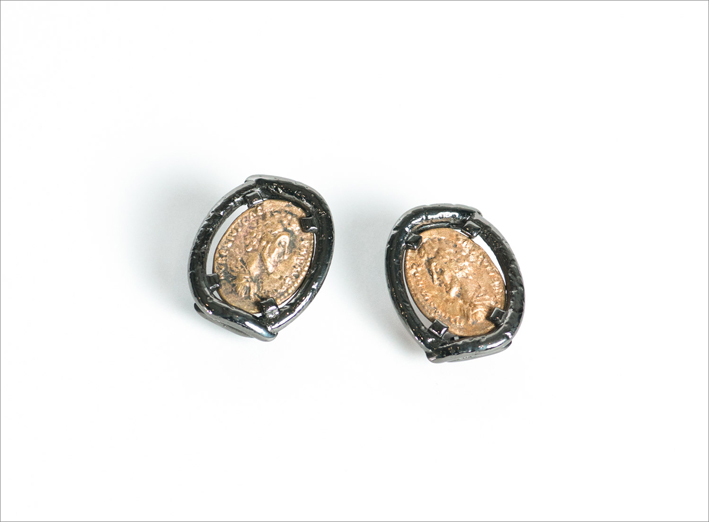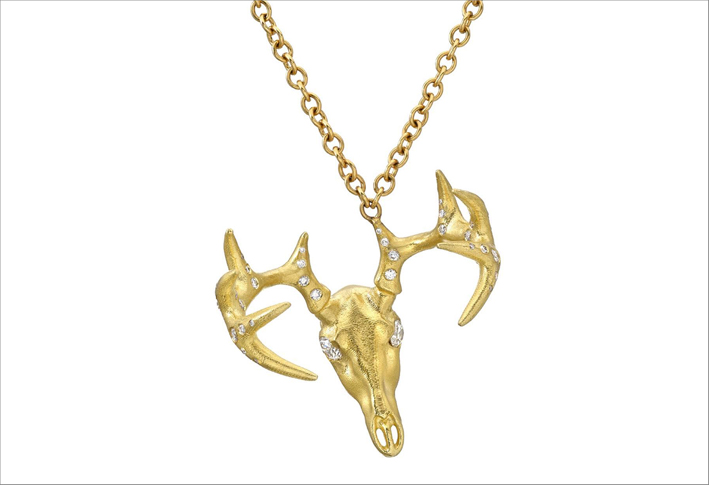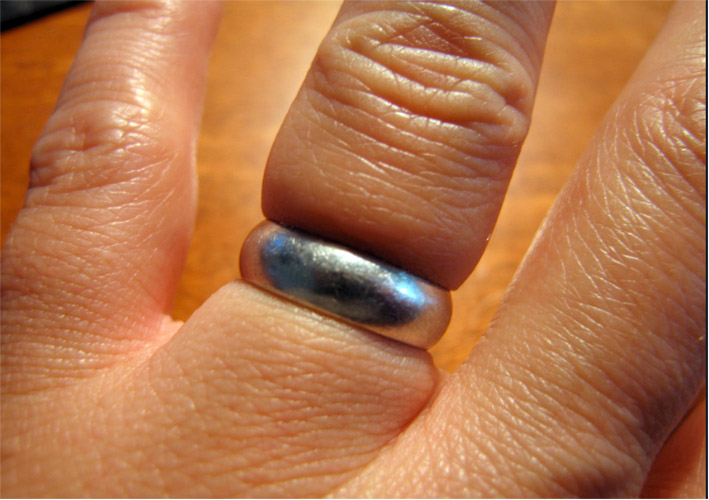Insure the jewels against theft, but also against loss. Here’s how to protect your jewelry when you are not at home ♦
You are about to go on vacation. What about your jewels? It is not advisable to pack the most precious pieces: luggage could be stolen during the trip and, moreover, the jewels must then be kept during the holiday. Hotels, cars, airplanes, trains: the dangers of theft during a journey are many. Read also: How to avoid the theft of your jewelry while traveling.

To rest assured there are only two solutions: deposit the jewels in a bank, in a safety deposit box, or insure them. A safe in the house, in fact, is only sufficient to stop occasional inexperienced thieves who merely rummage in the drawers, but it does not discourage theft professionals with a little time available. An insurance policy does not protect you from the psychological trauma of losing your jewelry, but at least it guarantees you will not lose all the value of the jewelry if it is stolen.
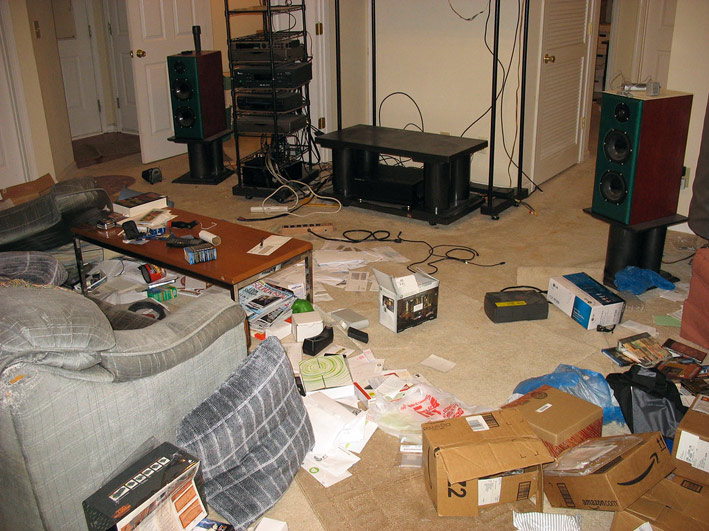
But how can jewels be insured? It is not difficult: there are many insurance companies that offer coverage in the event of theft, of course in exchange for paying a policy. Not all insurance companies offer the same type of policy and, therefore, you must be careful and read the clauses of the insurance contract carefully. Here’s what you need to know before insuring your jewelry against theft.
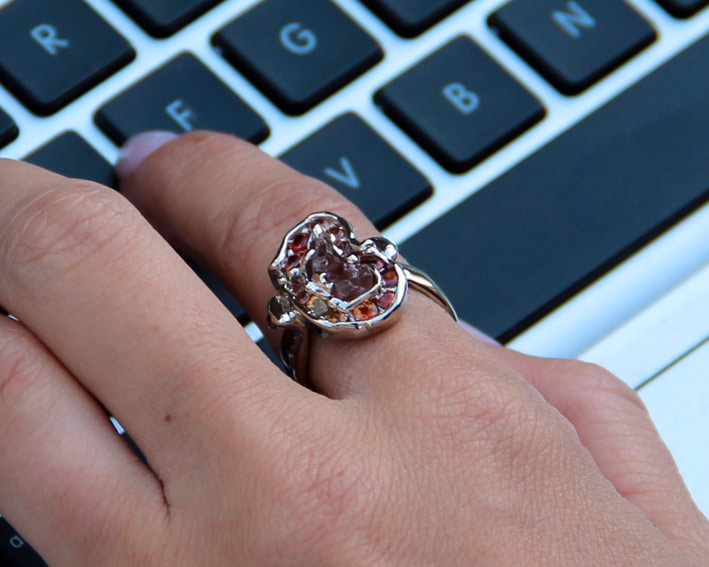
1 Catalog your jewelry. The cost of the policy is commensurate with the value of your jewelry. But you also have to prove that they are yours: you need photos and a description, with as much detail as possible. For example, how many carats is gold (18 or 14?), And if the jewels have stones, the gem type and weight (carats) should be described. Last aspect, but essential: you must indicate where the jewels were purchased, unless they are necklaces, earrings or family rings. Try to take a picture of each jewel so that the features are visible. Obviously keep this list and the photos in a safe place, maybe send them to yourself with an e-mail.
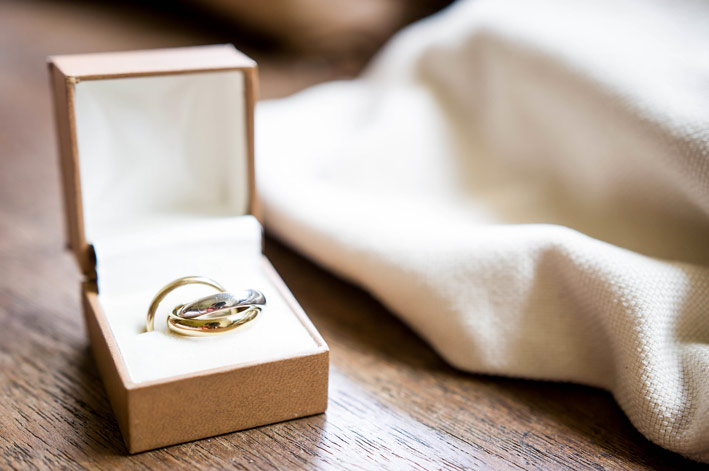
2 Safe in the house. Although a home safe, such as a wall safe, is not an invincible barrier for thieves: as we have said, it can serve to discourage an occasional theft or a disturbed and in a hurry thief. However, a safe has the advantage of decreasing the cost of the insurance policy. Insurance companies often require a safe in the home for particularly valuable jewelry. So, if you have a safe in your home, then, communicate its characteristics to the insurance company.

3 Have the jewelry appraised. It is useless to insure jewelry without knowing how much it is worth. If you have a trusted jeweler, bring your jewelry and watches to him for an appraisal. But it must be written expertise, not a verbal and imprecise evaluation. It is quite simple to get an estimate of the value for recently purchased jewelry, but for antique pieces, perhaps inherited, it is best to consult a jeweler or an expert who is familiar with that type of object. Some insurance companies require this type of documentation before setting the price of the policy. A tip: from now on, keep your receipts or purchase documents when buying a jewel.

4 Check online. Some insurance companies offer an online service for their policies. Try to get a free quote in seconds. Tip: don’t stop at the first offer, but compare at least three different insurance policies, paying attention not only to the cost, but also to the coverage they offer.

5 Insurance ceiling. It is not always possible to insure the full value of the jewels: if you have very precious pieces, before signing a contract, compare the maximum limit between different insurance companies. In addition, pay attention to the deductibles, that is to say the pre-established amount that is not reimbursed in any case, but is borne by the person who signed the policy.
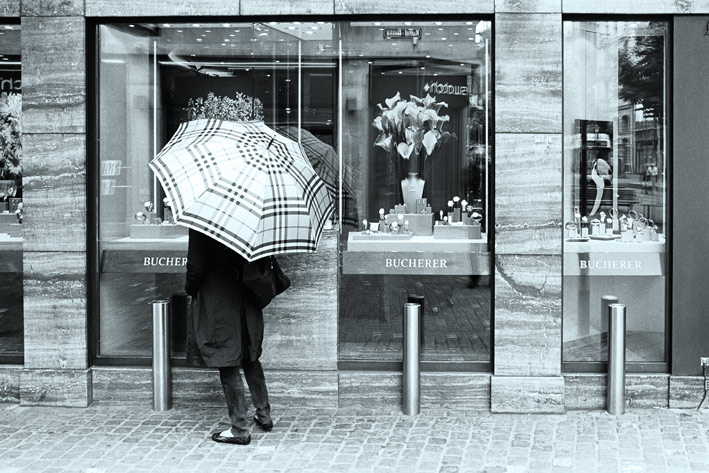
6 Policies for the forgetful. In addition to covering your jewelry in the event of theft, you can also extend the policy to cover the loss of jewelry. But don’t think it’s easy to be smart by simulating the loss of your favorite ring: you will have to prove that the loss is not your responsibility but, for example, of the airport service.

7 Extended Policy. You can also consider insuring the entire value of the house, including paintings and furniture, against theft. But be careful that the policy also includes jewelry and, in this case, by what value the insurance coverage extends.





